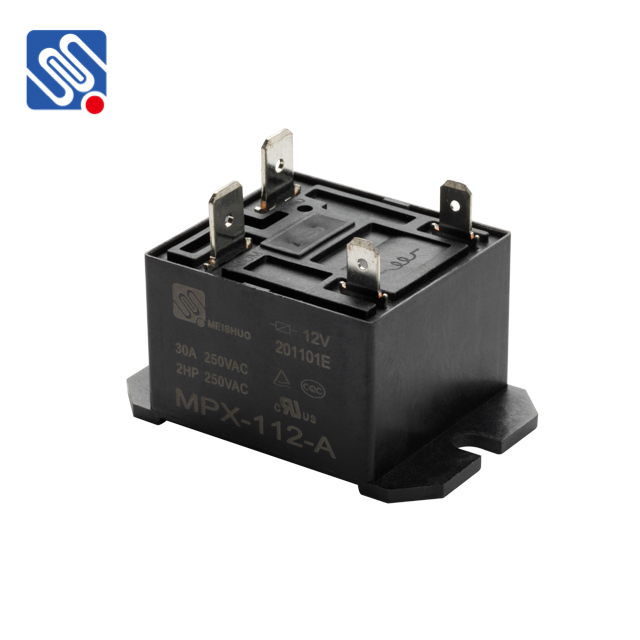The relay industry plays a critical role in the operation and safety of electrical systems. Relays are widely used for controlling circuits by opening or closing electrical contacts based on the detection of specific conditions such as overcurrent, overvoltage, or temperature variations. To ensure the reliability, performance, and safety of these devices, strict industry standards are set and followed by manufacturers, engineers, and other stakeholders. These standards are essential for maintaining the consistency and quality of relays used in a range of applications, from industrial machinery to power distribution systems.

Key Standards Governing the Relay Industry The relay industry is governed by various international and regional standards, developed to address specific technical requirements, testing procedures, and performance criteria. Some of the most prominent standards include those set by the International Electrotechnical Commission (IEC), the Institute of Electrical and Electronics Engineers (IEEE), and the American National Standards Institute (ANSI). IEC Standards The International Electrotechnical Commission (IEC) is a global standardization organization that plays a pivotal role in defining the requirements for electrical products, including relays. One of the most widely referenced standards in the relay industry is the IEC 60255 series, which covers performance requirements and testing methods for protective relays. This standard outlines the electrical, mechanical, and environmental characteristics of relays, ensuring they operate correctly under different conditions. The IEC 60255 standard is crucial for maintaining the reliability and accuracy of relays used in protection systems, such as those in power generation, transmission, and distribution networks.
Leave a Reply